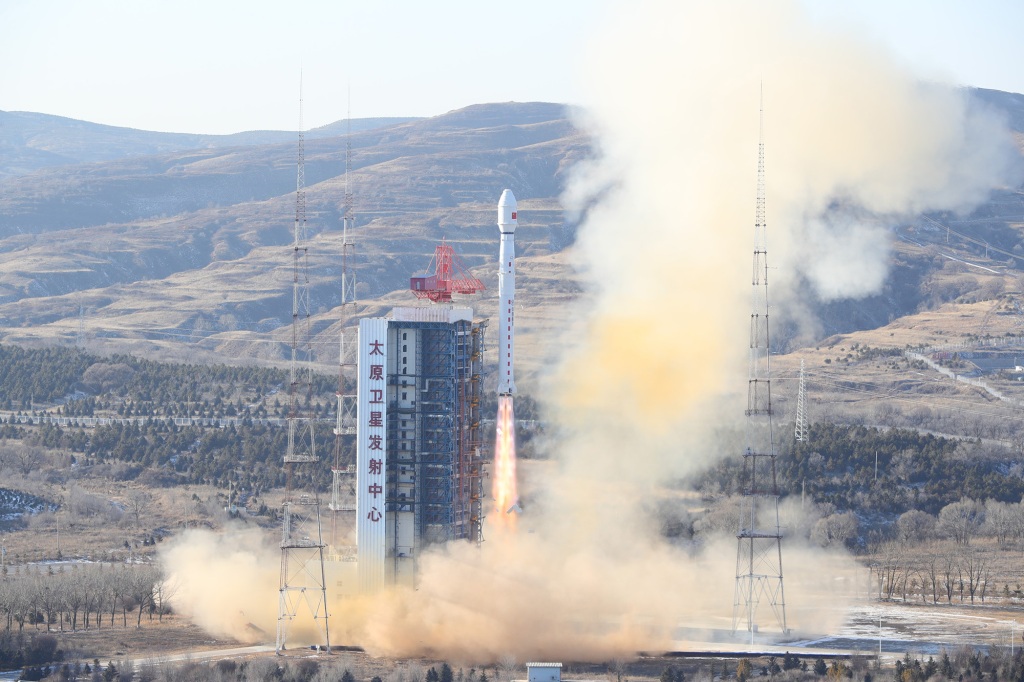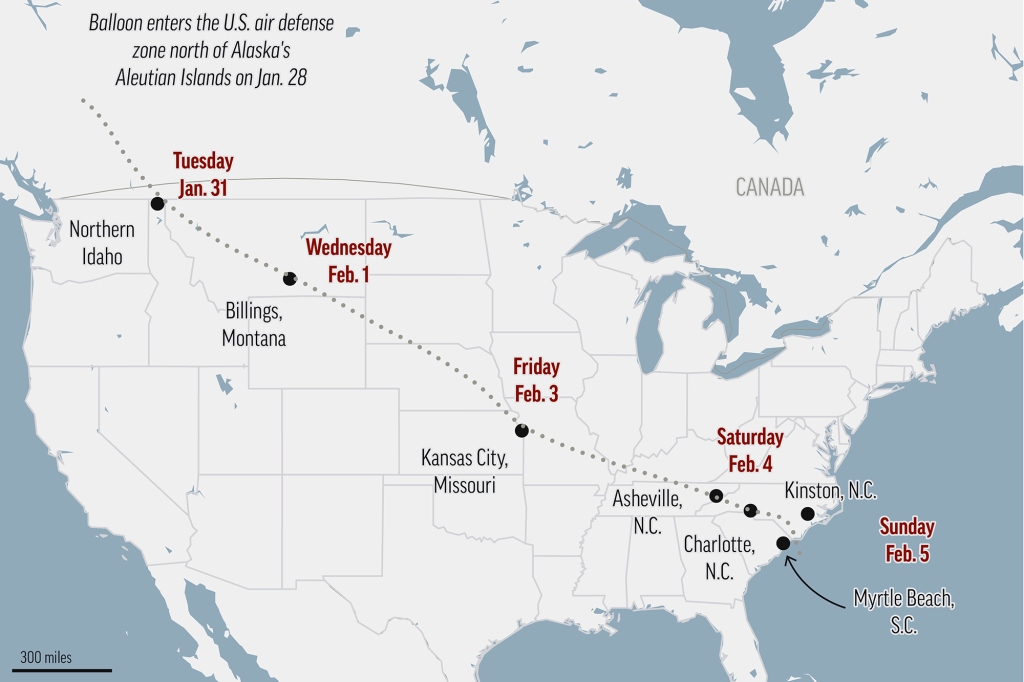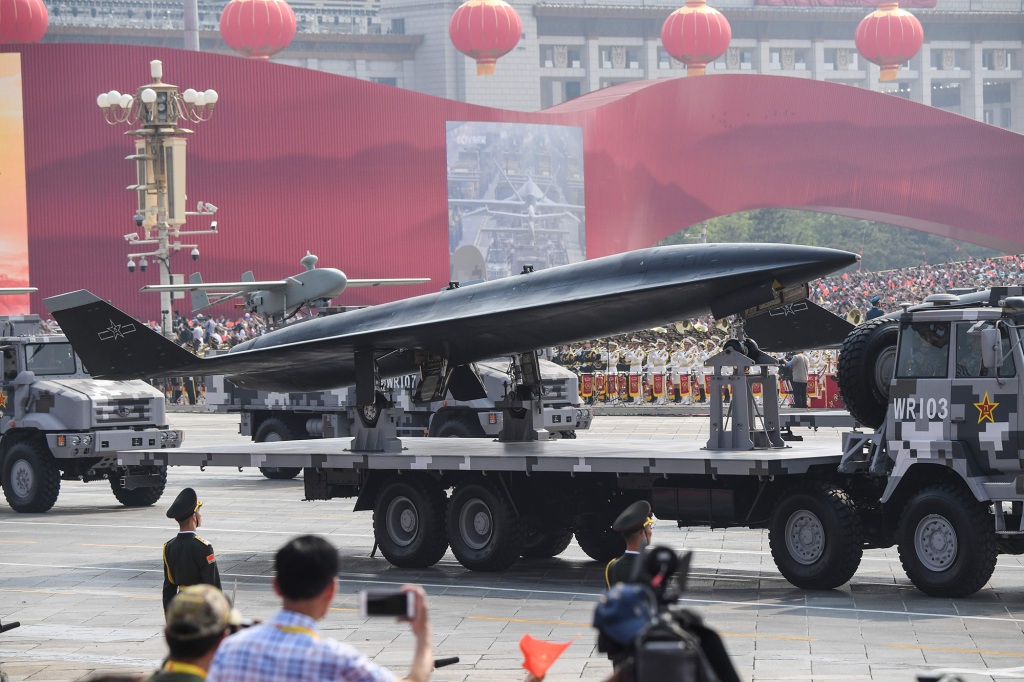Why would China use a spy balloon over a satellite?
Why would China use an old-fashioned balloon instead of a more sophisticated satellite to spy on a country in 2023?
That’s the question many are asking after a US jet shot down a massive Chinese spy craft on Saturday — after it had been sailing over sensitive military sites across America for several days.
Despite the balloon igniting a spying saga between Washington and Beijing, the use of the relatively rudimentary surveillance device isn’t new — or that unusual.
One of the main reasons a country would choose a high-altitude balloon over a satellite is cost, one expert told The Post on Monday.
“Balloons are a lot cheaper! And you don’t need a rocket to get them up there,” said Blake Herzinger, a former Navy intelligence officer and current nonresident fellow at the American Enterprise Institute.
“If a balloon gets popped, it’s less of a big deal than using anti-satellite weapons, which we typically frown upon.”
Spy balloons can also be harder to detect because they soar above the range of most planes.
Some balloon surveillance devices can sail as high as 100,000 feet, which could render thenm untouchable to countries that may want to shoot them down.
At one point, US officials said, the Chinese balloon was traveling at an altitude of about 60,000 feet, well above the limit for commercial air traffic. A US Air Force F-22 fighter jet eventually shot the balloon down Saturday afternoon off the South Carolina coast.
But Herzinger said that wouldn’t have been an option had the balloon been at a high altitude.
“If that balloon had been at 80,000 feet, maybe an F-22 can’t reach it, as an example, and ground-based [surface-to-air missiles] couldn’t either,” he said.
“So you’re still in someone’s airspace, technically, you’re not in space, but you’re up pretty high.”


Spy balloons also could be considered more useful than a satellite because the devices are more maneuverable and have greater ability to hover over a site or target.
“They offer flexibility of payload, maneuverability and loitering time on station, too — as the Chinese apparently showed off with theirs over the US,” Herzinger said.
US defense and military officials have said the giant Chinese orb, which was carrying sensors and surveillance equipment, had loitered over sensitive areas of Montana where nuclear warheads are siloed.
Officials had warned that the balloon, which was capable of changing course, could potentially take in a number of other sensitive sites.
While satellites are the preferred method of spying overhead, such devices can typically only do so at one of two different types of orbit — low Earth orbit and geosynchronous orbit, experts say.

Low orbit satellites are closer to the ground, which means they are able to see things more clearly but have to keep moving, Iain Boyd, a professor of aerospace engineering sciences at the University of Colorado, told the Conversation.
Meanwhile, a satellite in geosynchronous orbit is much farther away from Earth’s surface, meaning it can capture images continuously — but not as clearly.
“A balloon in some ways gets the best of those. These balloons are much, much closer to the ground than any of the satellites, so they can see even more clearly,” Boyd writes.
“And then, of course, balloons are moving, but they’re moving relatively slowly, so they also have a degree of persistence.”
Herzinger agreed, telling The Post: “Difference being with geosynchronous satellites is they’re at higher orbit and there’s only so much space, so with a balloon you don’t need to go to space, you can watch an area as long as you want, then leave.”
Read the full article Here


